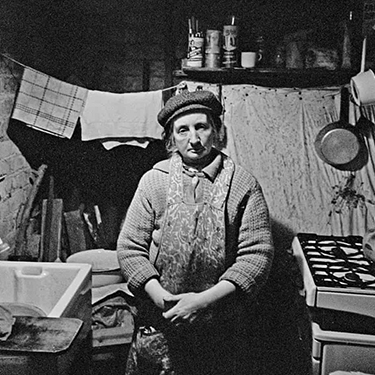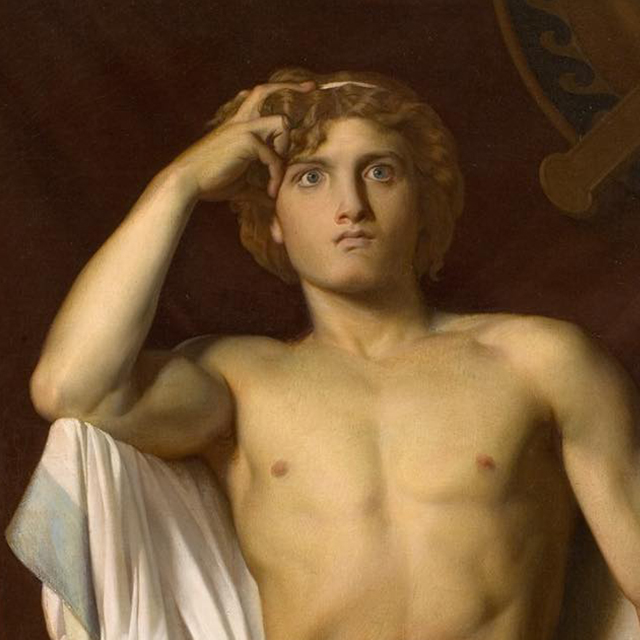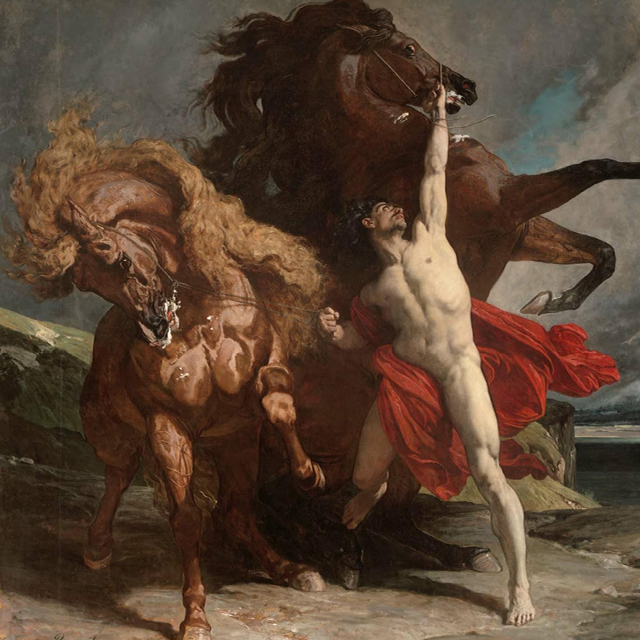
According to various sources, Girl with a Pearl Earring (2003), directed by Peter Webber and starring Scarlett Johansson as Griet, offers a carefully crafted fictional account inspired by the iconic painting of the same name by Johannes Vermeer. Critics agree that the film successfully evokes the visual world of the Dutch master with notable sensitivity. Based on the novel by Tracy Chevalier, the story is set in 17th-century Delft and follows a young maid who becomes a quiet yet pivotal presence in the painter’s studio.

I believe it has something to do with age—the way we begin to reject an overwhelming percentage of the stimuli we receive each day. Visual, auditory, olfactory... perhaps only the tactile ones survive, and even then, just barely. Maybe it’s because, after fifty, we’re simply not touched as often as we once were.

Alone in the vastness of space, that is. And many of us, alas, in the cramped solitude of our own rooms. Perhaps that is why I tend to raise an eyebrow —the left one— whenever I come across posts whose authors claim to detect, in ancient structures, rock art, or oral legends, undeniable evidence of extraterrestrial encounters at the dawn of time.

Just nine days ago, on Friday, June 20, photographer Nick Hedges passed away at the age of 81. He lived his life with the firm belief that photography is a powerful tool for driving social change. He wasn’t alone in this conviction—and speaking for myself, someone who only shoots with a phone, I’m beginning to take that idea seriously.

What do we see in the photograph—what is it, in fact, that the curator, the writer, the director of the MEP, and the readers of these reflections want to see? The image—taken by Janine in Vitry, in 1965—functions as a diptych that articulates two registers: one intimate, the other collective...

The last of these posts was published on June 7. More than two weeks without writing a single line. On my wall, yes—of course—because what I tend to write there is mostly about lived experience: the emotions they provoke, and the sediment they leave behind. A release, nothing more. Nothing to analyze.

While writing the previous chronicle, I took a few pauses to search for depictions of Achilles in the history of art. To my surprise, they are scarce—and rather anemic. The balance between his weight in the collective imagination and his trace in the visual arts is tenuous, almost absurd.

Years before immersing myself in Luis Segalá y Estalella’s Spanish rendering of the Iliad, I had already been moved by the exquisite summary José Martí wrote for La Edad de Oro. Its simplicity, its scandalous beauty, is devastating.

For several years now we have lived a large part of our lives on social networks. I would say we devote almost as much attention to them as to our most intimate emotional surroundings. Almost all of us are hooked—nearly addicted. These networks seem designed to trigger some reward system in the brain, releasing a quick shot of dopamine each time we receive the tribe’s approval. It’s a flash of instant gratification that urges us to keep typing, and at the same time keeps us staring at the screen when that approval doesn’t come. That’s on one side.